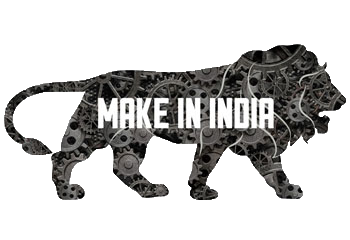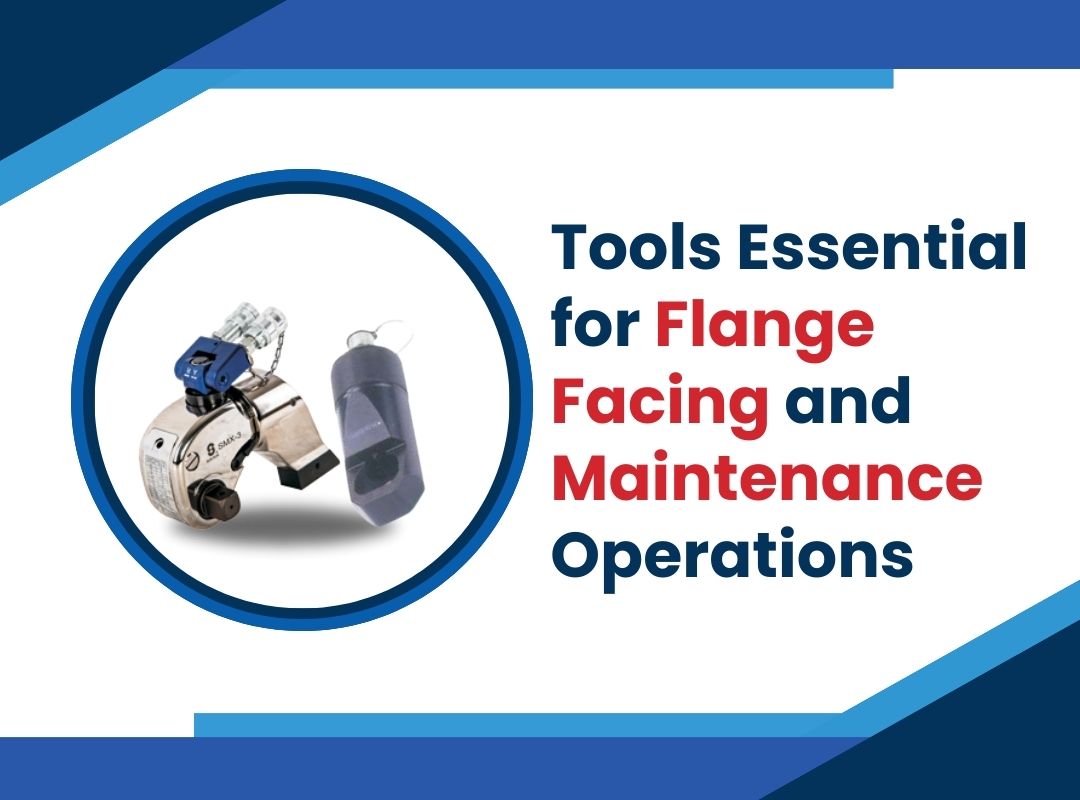By looking at the title you might have understood what this article is going to be about. For those who did not know about flanges. Here’s a quick brief-
When two pipes, pumps, and valves are connected, they form a piping system called a “flange.” In all industries, but especially in the power, oil, and petrochemical industries, these flanges are vital because they are prone to leaks that can cause massive damage if they explode.
In such a perilous environment any negligence would cost a huge loss to the industry and humankind as well. Thus, frequent flange facing and maintenance carry off in the plant at all times. To deal with and fix all the issues in maintenance operations certain tools are used to ensure integrity and smooth functioning. Let’s check them out quickly.
Torque Wrenches
Torque Wrenches are the tools used for bolting flanges. There are so many bolts fixed on the flange to keep them intact and unbreakable. Eventually, the bolts tend to loosen up due to constant turbulent impact and vibrations from the pipes that either have to be replaced or tightened frequently. These torque wrenches do the job of giving controlled bolting. I recommend using power or hydraulic torque wrenches because they provide the highest accuracy and control any pressure.
Flange Aligner
As compared to conventional methods, these flange aligners are much faster and accurate. As the name indicates, these aligners fix any misalignment simply by pushing or pulling the flange joints and bringing it the correct aligned order to prevent any leakage from the pipeline. Equalizer’s flange aligners are the most popular of all the aligners in the market thus I also recommend using them.
Nut Splitters
This is the tool least used but important if the bolts are fixed very tightly and need to loosen up. In such cases, these nut splitters are used which are hydraulically powered that can use an internal or external pump to lose the flange bolts.
Flange Spreader
These Flange Spreaders are used to open the flange before facing. When flanged pipes need to be separated for maintenance purposes you will need a flange spreader that will deliver a considerable amount of force needed for the separation in a manner that does not damage other fitted equipment in the way. You can use two types of spreaders: spreading wedges of about 4mm and a secure grip spreader.
Flange Pullers
A hydraulic puller tool is used before bolting and after flange facing when two flanges are to be brought closer to each other. Combining two flanges could be difficult manually because they are heavier and thus require sufficient power. This tool is also called a flange-pulling tool. For each flange, two tools are needed but the number of tools could be more based on the requirement or the amount of force to be applied.
These were the important tools and equipment essential for flange-facing and maintenance operations.


